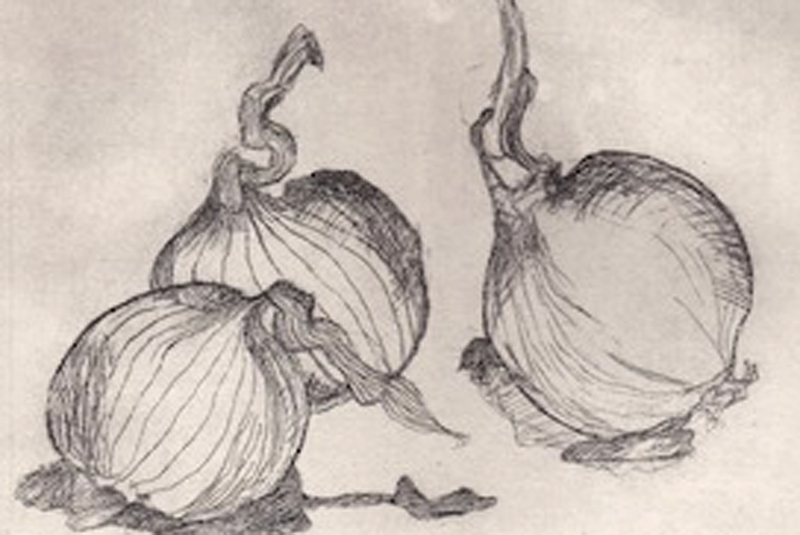The year is 1160 BC. King Rameses IV, a pharaoh of the twentieth dynasty of the New Kingdom of Egypt, had died. The high priests, following the ceremonial rites of passage, embalmed his dead body for seventy days and mummified it by placing two onions in his eye sockets.
The ancient Egyptians believed onions had special magical powers that could appease the gods of the afterlife. So the holy priests of Egypt worshipped onions as deities, believing that the onion’s anatomical structure – a circle within the circle – symbolised the circle of life.
Keeping with their beliefs, the priests, as part of their rituals, buried clay or woodcut onions in the pelvis, thorax, ears, eyes and soles of the mummies. They also shared onions as funeral offerings and depicted them on the walls of pyramids. The onions, they hoped, would keep the pharaoh’s meals well seasoned in his afterlife.
Ramses IV’s mummification is an anecdote, a speck in time, that establishes the role of the onion in human history.
-30-
Copyright©Madras Courier, All Rights Reserved. You may share using our article tools. Please don't cut articles from madrascourier.com and redistribute by email, post to the web, mobile phone or social media.Please send in your feed back and comments to [email protected]











